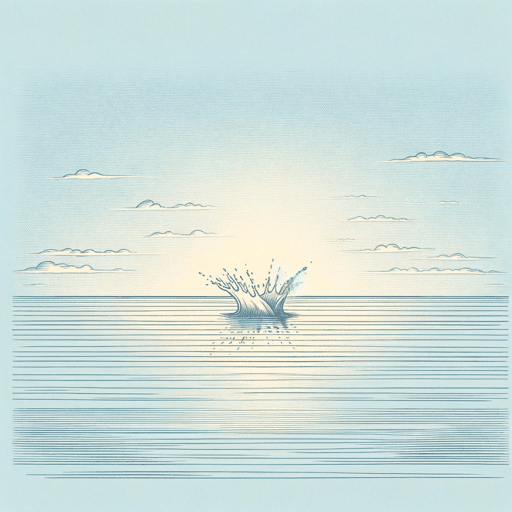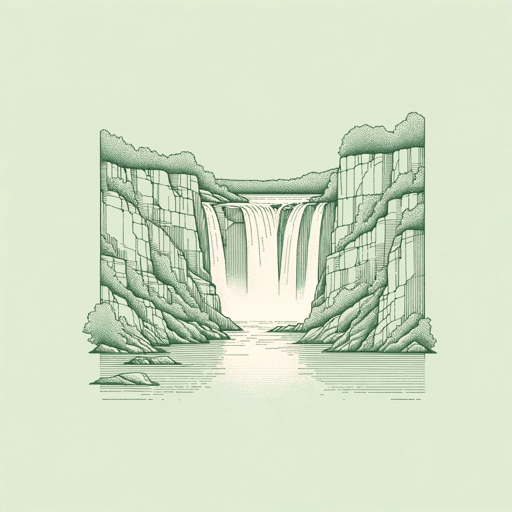19 pages • 38 minutes read
William Carlos WilliamsTo Elsie
Fiction | Poem | Adult | Published in 1945A modern alternative to SparkNotes and CliffsNotes, SuperSummary offers high-quality Study Guides with detailed chapter summaries and analysis of major themes, characters, and more.
Symbols & Motifs
Transportation
The poem mentions methods of transportation twice, near the beginning and right at the end. This supports the undercurrent of movement and progression that the poem carries as it explores a changing era. The fourth stanza reads: “devil-may-care men who have taken / to railroading / out of sheer lust of adventure” (Lines 10-12), a reference to the young men who come to work on the railroads. There is, however, a double meaning to the verb “railroading”: it also means to convict someone hastily, or to make a rushed, unconsidered decision. This alludes to the way young people in this poem hurry through life, always chasing the next sensation.
Later, transportation appears as the very last word that closes the poem: “no one to drive the car” (Line 66). This is used as a metaphor for the breakneck speed at which life passes by, as well as a way to juxtapose the image of the railroad. Compared to trains, cars represent a whole new world of possibility and would still have been quite new at the time in which the poem was written. The car as a symbol and landing word for the poem encompasses the feeling of moving towards the future and a parallel loss of control.
Related Titles
By William Carlos Williams

Approach of Winter
William Carlos Williams

Between Walls
William Carlos Williams

In the American Grain
William Carlos Williams

Landscape with the Fall of Icarus
William Carlos Williams

Paterson
William Carlos Williams

Spring and All
William Carlos Williams

Spring Storm
William Carlos Williams

The Red Wheelbarrow
William Carlos Williams

The Young Housewife
William Carlos Williams

This Is Just to Say
William Carlos Williams

To Waken An Old Lady
William Carlos Williams

